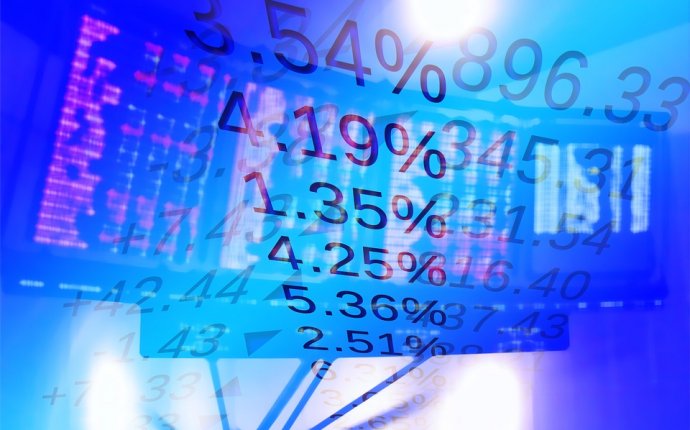
Stock market trading 101
Because the end of World War II the typical big stock has came back near to 10percent annually - well ahead of inflation, and the return of bonds, real estate alongside cost savings automobiles. Because of this, shares will be the best way to save money for lasting targets.
Understanding a stock?
Once you possess a share of stock, you are a component owner within the organization with a claim - however tiny it might be - on every asset and each cent in profits. As a business's earnings improve, people are prepared to pay even more the stock.
How can I purchase shares?
It is simple to start an inexpensive brokerage account on line, at sites like Fidelity, Charles Schwab, TDAmeritrade or Scotrade. You'll go cash digitally to your account and commence trading. Many discount agent websites charge a group fee of approximately $10 per trade.
Exactly what various kinds of shares are there any?
There are thousands of shares to choose from, so investors often place stocks into different categories: dimensions, design and sector.
Size:
An organization's size identifies its market capitalization, which is the present share price times the total quantity of stocks outstanding. It really is exactly how much investors think your whole organization will probably be worth.
Organizations with big marketplace capitalizations, or "large-cap" companies are usually founded and stable, but due to their size, they have reduced growth potential than tiny hats.
Over the long haul, small-cap stocks have had a tendency to increase at a quicker rate. With less evolved management frameworks, little hats are more inclined to run into trouble because they develop.
Mid-caps, or medium sized businesses, fall somewhere in the middle.
Design:
A "growth" company is certainly one which expanding at an above-average price, much as technology organizations did in 1990s. Catch a fruitful growth stock in the beginning, plus the ride could be spectacular. But once more, the greater the possibility, greater the danger. Growth stocks race greater when times are great, but once growth slows, those shares tank.
The opposite of development is "value." There is absolutely no one concept of a price stock, however in basic, it trades at a lower-than-average earnings several as compared to overall market. Possibly the company has actually messed-up, causing the stock to plummet - a value investor might believe the root business is nonetheless sound and its particular true worth maybe not mirrored inside despondent stock price.
A "cyclical" company makes a thing that is not in constant need throughout the company cycle. As an example, steel makers see sales rise when the economy gets hotter, spurring designers to put up brand new skyscrapers and customers buying brand-new vehicles.
However when the economy slows, their particular sales lag also. Cyclical stocks bounce around a great deal as people try to imagine if the after that upturn and downturn comes.
Sector:
Standard & Poor's pauses stocks into 10 sectors and a large number of sectors. Generally, different areas are affected by various things. So at any given time, some are successful while some are not.
Typically, finance, health care and technology are the fastest growing sectors, while customer staples and resources provide security with moderate development. Another sectors are generally cyclical, growing rapidly in good times and contracting during recessions.
How do you chose?
Though there are far more than 6, 000 publicly exchanged organizations, the core of stock profile should consist of economically powerful businesses with above-average earnings growth.
There are no more than 200 shares that fit that description. a well-balanced stock profile should include 15 to 20 shares, across seven or more various sectors.
As a general rule, shares with moderately above-average development rates and reasonable valuations will be the most useful purchases. Statistically, high-growth stocks usually are overpriced and possess a harder time meeting inflated trader expectations.
The very first thing to look at could be the stock's price/earnings ratio compared to its projected total return. If at all possible, the P/E should-be under twice as much projected return (a P/E of no more than 30 for a stock with 15per cent total return potential).









